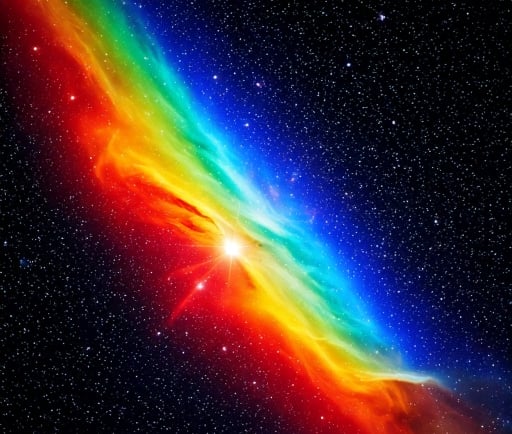Boomerang Nebula: The Coldest Place in the Universe


Introduction to the Boomerang Nebula
The universe is full of astonishing phenomena, and among these, the Boomerang Nebula stands out as a remarkable example of cosmic extremes. Located approximately 5,000 light-years from Earth in the constellation Centaurus, this nebula is widely regarded as the coldest place in space, boasting a frigid temperature of about 1 Kelvin. To put this in perspective, this temperature is just slightly above absolute zero, making it even colder than the cosmic microwave background radiation that permeates the universe, remnants from the Big Bang.
A Unique Characterization of Coldness
The Boomerang Nebula's extremely low temperature is a result of its unique characteristics. Formed by a dying star, the nebula exhibits behavior that is distinct from typical stellar nurseries. It is composed of a vast expanse of gas and dust, gradually being expelled by the central star, which is in the advanced stages of its evolution. This expulsion creates an outflow that cools significantly as it expands into the surrounding space. The nebula's temperature has been measured accurately using radio telescopes, which reveal its chilly nature as one of the universe’s most profound mysteries.
Significance of the Boomerang Nebula
The Boomerang Nebula’s significance extends beyond its record-setting cold. As researchers continue to explore its features, they gain insights into the life cycles of stars and the processes leading to nebula formation. The extreme cold of this celestial structure provides valuable information about the physics of dying stars and the transition to planet-forming regions. Moreover, the behaviors observed within the nebula contribute to our understanding of cosmic evolution and the dynamics of gas dispersal during stellar death.
In summary, the Boomerang Nebula is not merely a scientific curiosity; it represents a gateway to understanding the coldest temperatures and the transformative processes that govern the life and death of stars in our universe. As astronomers refine their observational techniques and expand their instruments, the mysteries of the Boomerang Nebula and others like it continue to unfold, offering a clearer picture of the complexities of cosmic life.
